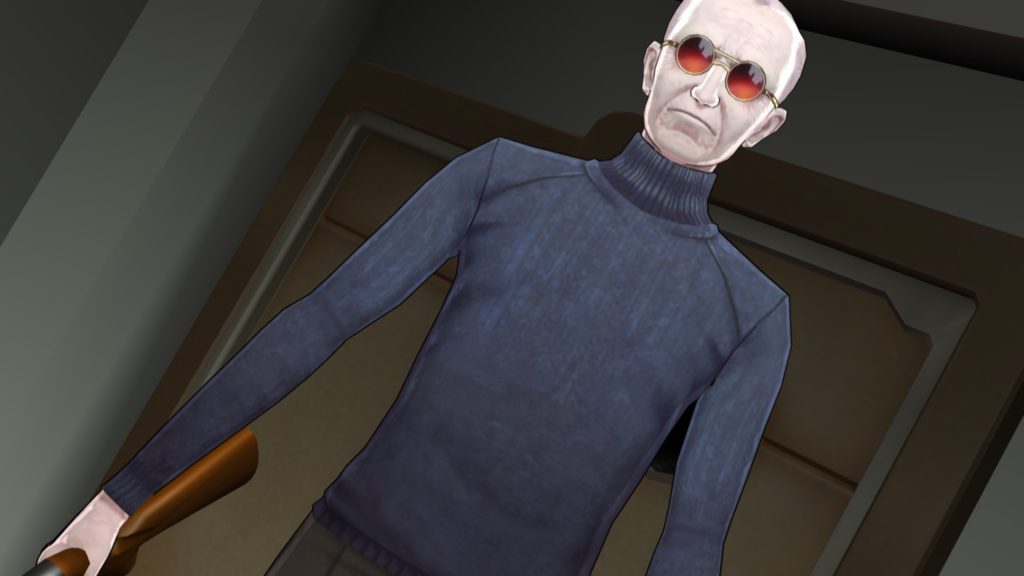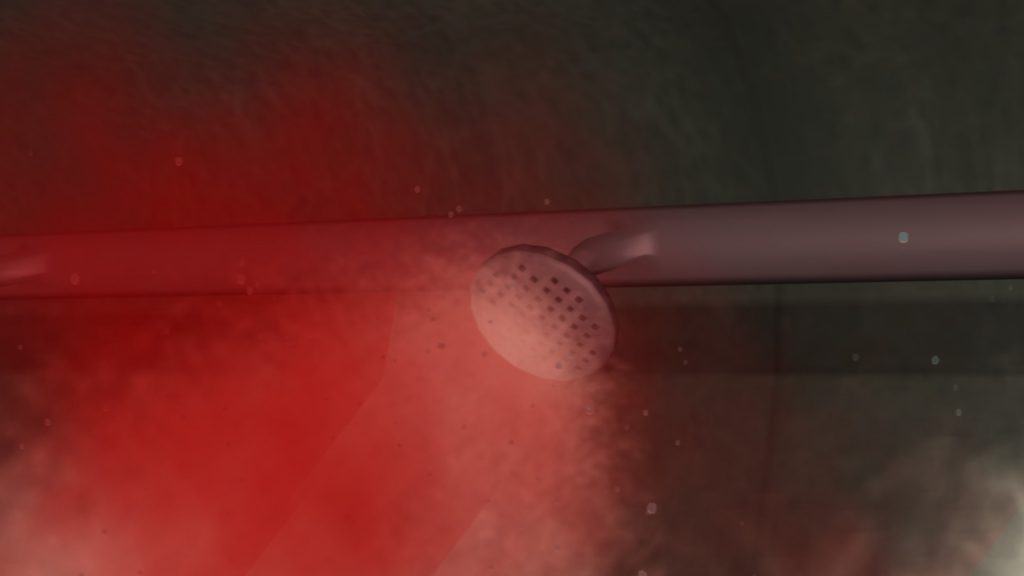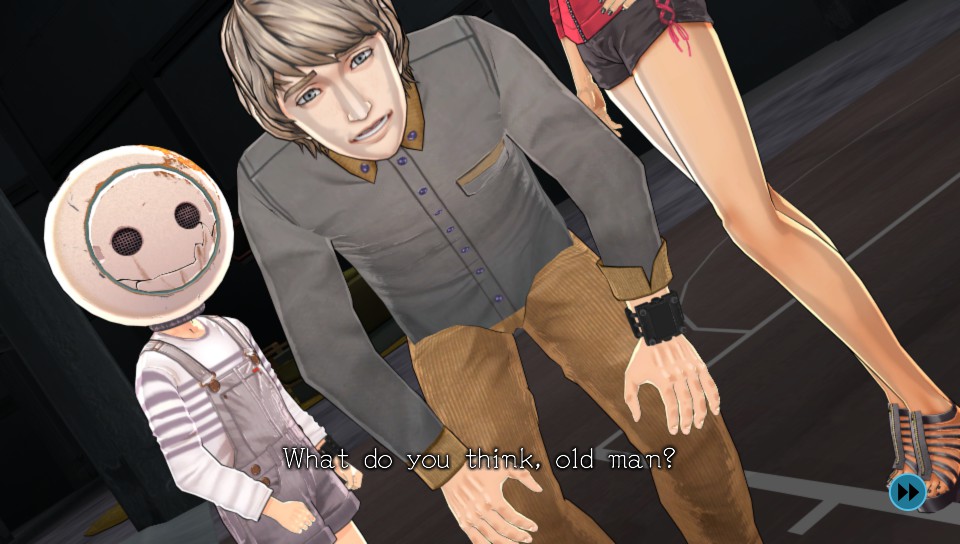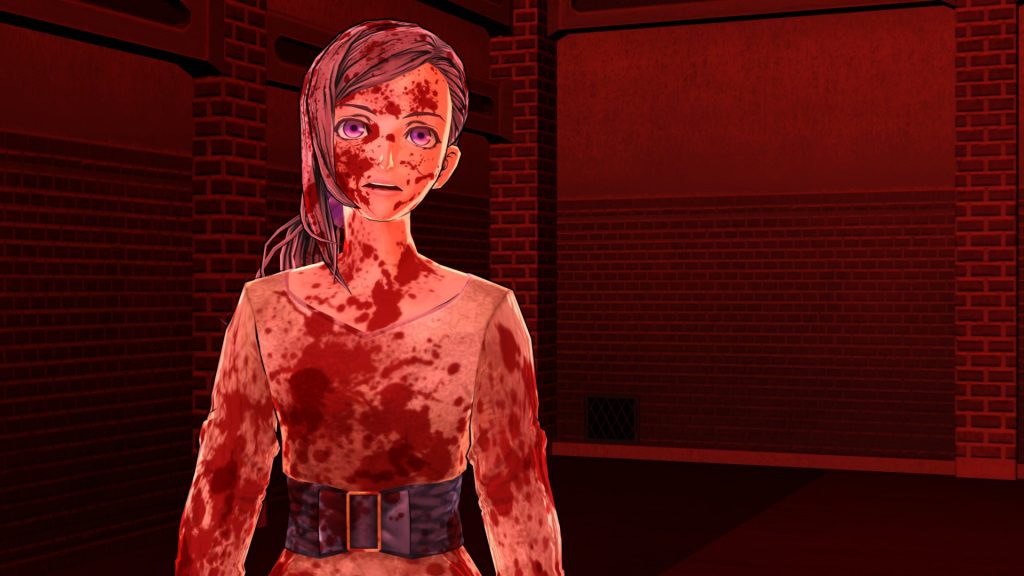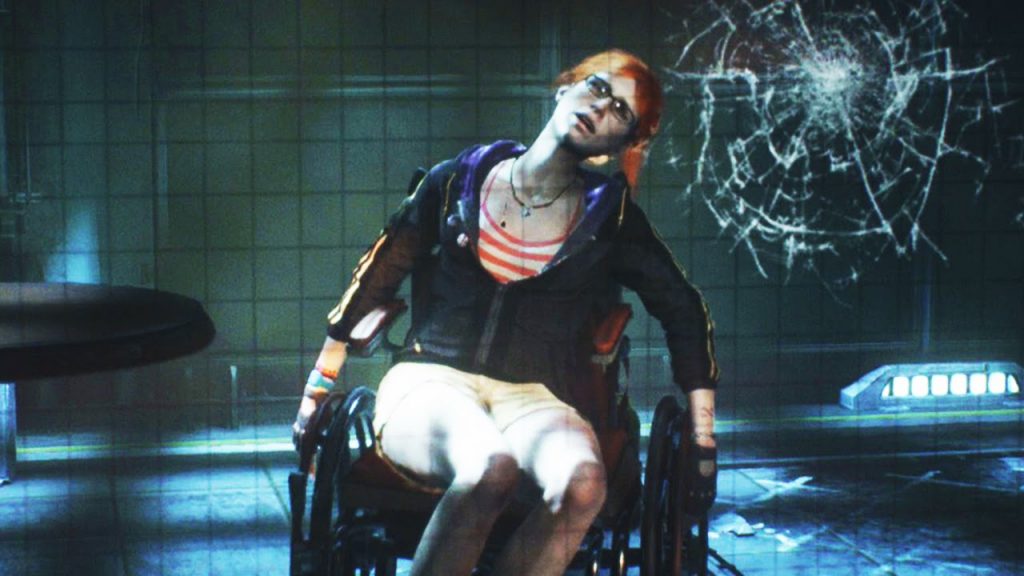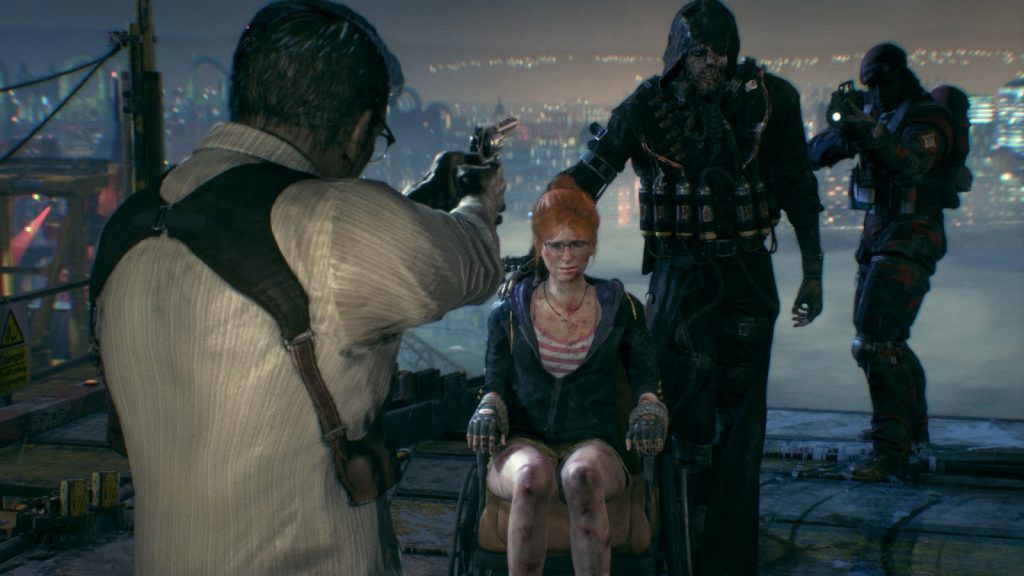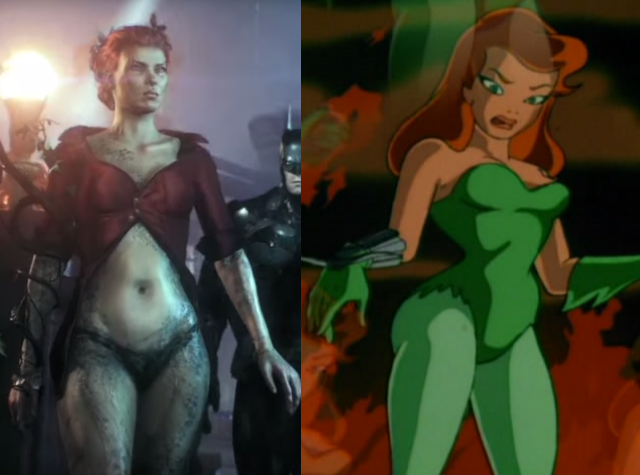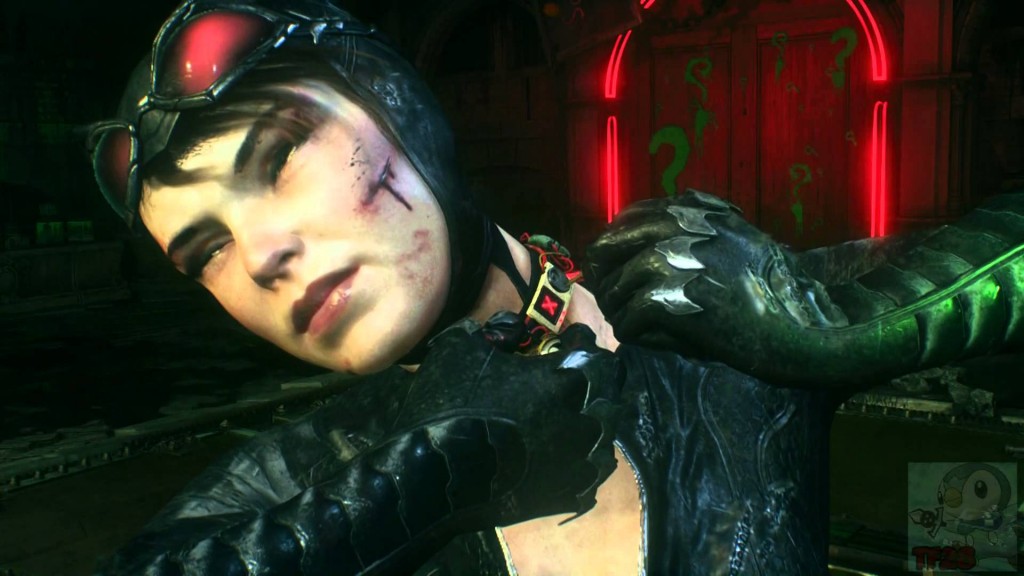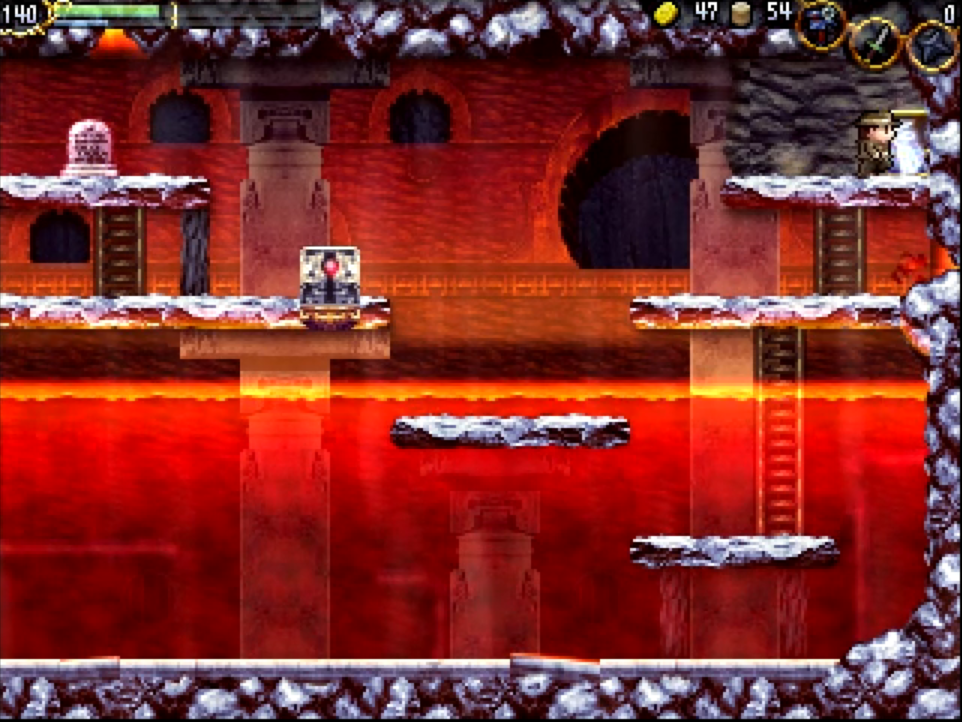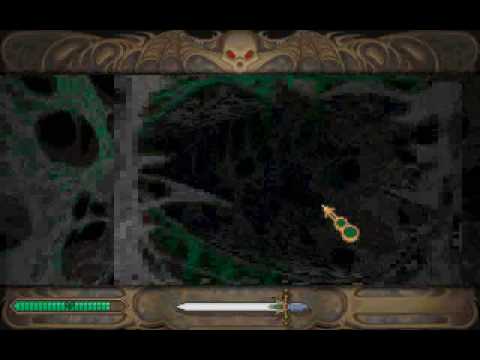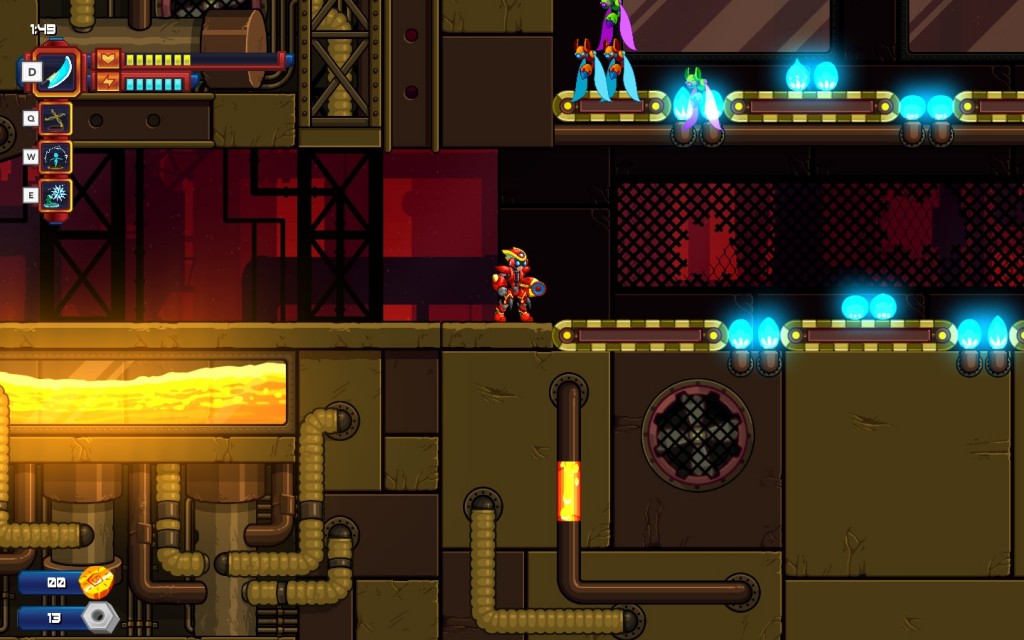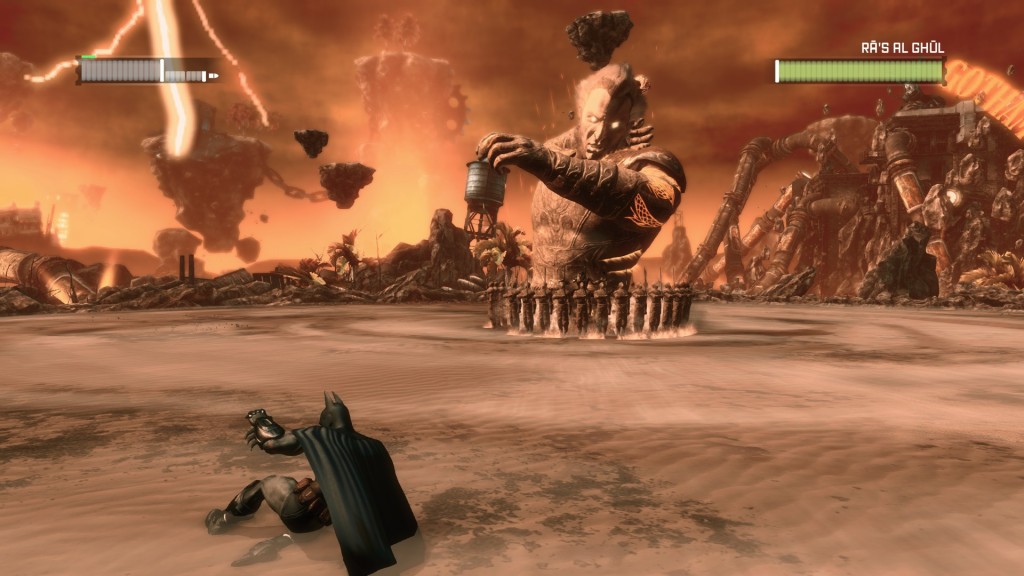On Games Journalism: Why Even Review A Bad Game?
So you might get the feeling, sometimes, that games reviewing is all about hyping up games. I certainly do, whenever I see some poor developer selected for the Hype Train (Making all stops to Consumerist Oblivion! Thanks to Katherine Cross for that one. ;D )
However, there are several reasons to review a game you either don’t know about, or have a distinct feeling, beforehand, is going to be bad. By the title, we are, obviously, concentrating on games that make you sigh gustily once you’ve realised what you’re in for.
Improving Your Craft
Yes, you can tell what’s good about a game. But all of a sudden, you’re having difficulty, because… You’re not enjoying whatever’s on your review docket, but you don’t know why. Sometimes, this is because you’re writing while depressed, or angry, or otherwise in less than tiptop critical shape (I’ve written about this before, when talking about the process of reviewing.) Other times, it’s because a game has something off about it, and you haven’t trained yourself to see it.
Sometimes, a game is bad because of something obvious, like conflicting art styles, bad UI, or a difficulty cliff that somehow manages to wing Icarus as it shoots on by. Sometimes, however, it’s more subtle. The pacing is off on the story (Something I now keep a hawk’s eye on.) A core mechanic is conflicting with another core mechanic (Example: If your game emphasises speed and agility, why’s all this armour here?) The sound design is dull (Not outright awful, just ho-hum or boring.) There’s a lot going on in a game, and even if you’re not necessarily going to write about it, it’s good practice to spot it. Repeated vehicles. Plodding game progression in an otherwise quickly paced game. Because, all too often, those little things can pile up to turn something okay… Into something thoroughly unenjoyable.
Also, it makes you appreciate the good more. I appreciate MoO2016 that little bit more because, hot damn, I’ve played some garbage 4X games in the past. And space games. It helps keep you critical, and honest. Similarly, you can never have enough learning. The more you understand of a particular genre, its history, its limitations, its follies and greatnesses, the better you can criticise it. This includes seeing what good there is in a bad game, because this is just as helpful as being able to understand why you’re wanting to play something, anything else.
Improving Their Craft
Two things can safely be assumed with developers, with a third being “Until proven otherwise.” That they are fellow human beings, and should be treated as such (A given.) That they want to make money from their craft (A given.) And finally, that they wish to improve their craft (Until proven otherwise.)
Written well, your critique is helpful. And your critique will get better if you understand why a game isn’t all it could be. Just as importantly, it’s important to know when something is definitely beyond a developer’s reach. Let’s take first person horror games, a genre that seems, at first glance, saturated with cash-in merchants, and treat it as if it were a genuine genre that deserves critique. Because, despite this perception, there are very few genres out there that don’t deserve critique.
Many first person horror games follow one of a few formulae. The two most common ones you see are your “You are alone in a creepy, seemingly endless place, collecting things”, and “You are alone, something strange begins happening, and SUDDENLY HORROR AND INVENTORY PUZZLES.”
Both of those formulae, done well, can be entertaining. No, really, they can! The main problem, though, is that making them entertaining, or even unsettling, requires an understanding of horror, as a genre, and how much it relies on two things: Pacing, and engaging the senses. While engaging the senses can be expensive in terms of sound design, visual design, modelling, and the like, it brings good returns to indie horror devs because nobody is laughing at whatever gribbley or Dark Force they’ve picked. This is a stumbling block surprisingly many folks don’t get… If you’re going to have a monster, take your time with it. It’s the real star of the show.
Pacing, in terms of equipment, is the least expensive of all. And, in terms of time? Research, and taking time to edit your own work. Does it add more assets? Not necessarily. Paranormal, by Matt Cohen, is at least okay despite its flaws and slow dev time, starting relatively normal (A lonely house that people claim is haunted), then building up over time, from things moving when you’re not looking, to being shoved back from some stairs, to fire and death. It’s by no means a great game, but it understands that you don’t need to show anything immediately. Similarly, Oxenfree, while not a first person horror, starts with utter normality, wrenches you suddenly into weirdness, and then sustains the pace. Of course, it’s very difficult to describe good pacing, because it’s very much an art, not a science. I didn’t think Oxenfree could keep creeping me out… But it does, and at least part of that is the moments of relative normality. That’s right, sometimes dialling it back, even for a short while, can benefit your horror game. Who’d have thought it, huh? If I wanted to use a first person example, look no further than The Vanishing of Ethan Carter. The pacing is pretty damn good most of the way through on that one, and it engages the senses wonderfully.
Meanwhile, I took a break from playing Joana’s Life about five or ten minutes in, firstly because the monster gets revealed, just a few minutes after oh noes creepy small child laugh from nowhere and oh noes the lights have gone out… So, pretty damn predictable, and I was pretty much waiting for something truly scary at that point (Needless to say, I wasn’t terribly impressed at that point) , but secondly, because the game had items that I knew I would need (Front door keys that inexplicably won’t work the first time round. A flashlight because yes, the power’s going to go out, of course it will. Little things) , and then kept too tight a rein on its story by not letting me deal with these things until I’d touched the broken mirror that kickstarts all the horror and please, can I play a protagonist that’s not a bloody fool who’s going to do the obviously bad thing? While lack of control over the situation is a common theme in horror, lack of control in a game is something to be handled carefully, lest you irritate the player unduly.
Understanding what makes something badly designed can help a developer who hasn’t learned these things that yes, this is where they might do better. Everything mentioned here is potentially helpful to someone who wants to make an indie horror game.
There Are, Obviously, Limits
This does need to be said. Sometimes, a developer really is a shovelware merchant, cynically trying to cash in on some internet meme, or monetisation method. And many of them use exactly the same methods, much like the fifty or so spam emails I have about Search Engine Optimisation and Brand Marketing in my inboxes today. Thankfully, much like those spam emails, many of these are obvious, and you don’t need a whole lot of critical training to spot one from its video footage. Do yourself a favour, and limit your exposure to these. Examine them a few times, by all means. But once you’ve spotted the tricks of the trade (Asset Flipping, largely empty worlds, obvious signs of bad world modelling, and the like), stop. You’re only going to make yourself angry and depressed.
Similarly, if you find yourself getting angry and depressed about a game with a good idea, but some godawful or tedious execution, stop. Take a break. This is the point at which you have understood that the game is bad, and it’s time to think about why. Don’t go back until you’re calm again, don’t go back once you’ve understood, don’t go back unless you want to examine things further. Yes, you’re learning, but pace yourself. Learn what you can, then move on. Yes, if you’re reading this, you’re interested in games writing, which involves a lot more reviewing bad things than you’d at first think. But you’re not going to be writing well from a place of ennui and frustration.
Improving your critique is no different from improving any other art form. Knowing where the mistakes lie is useful. So please don’t disregard them. But also, please don’t disregard your health. Hope this helps prospective writers some.

